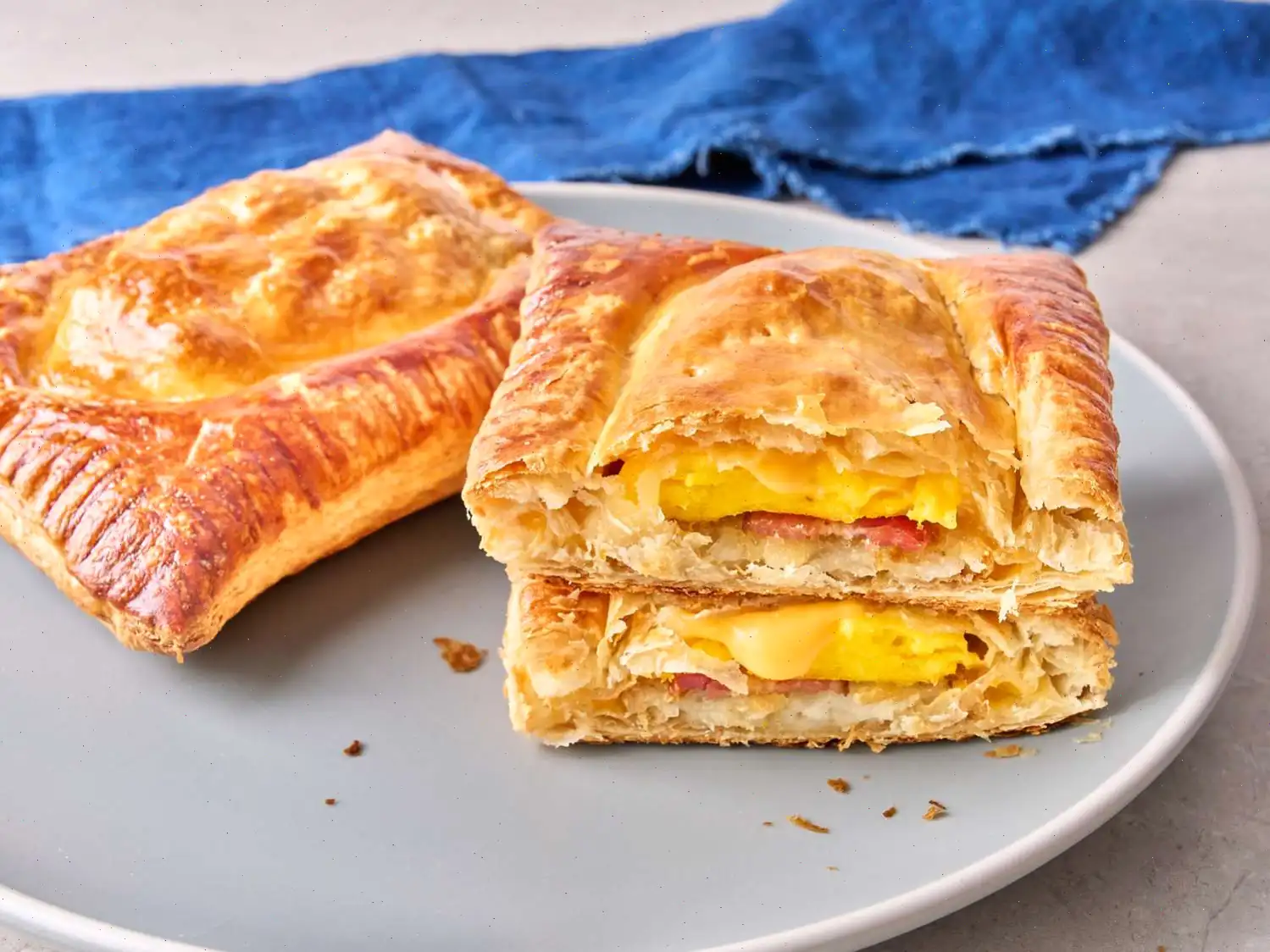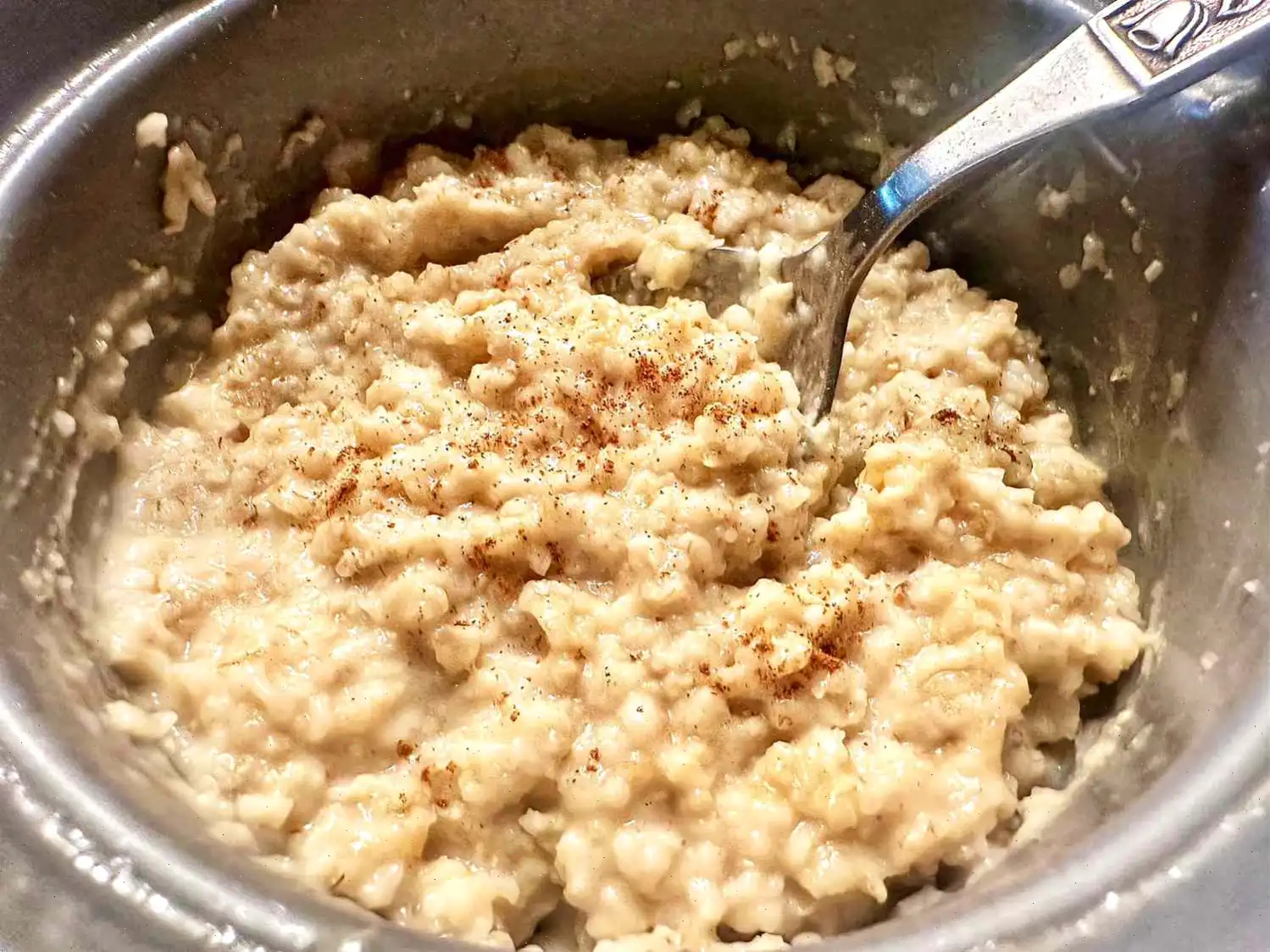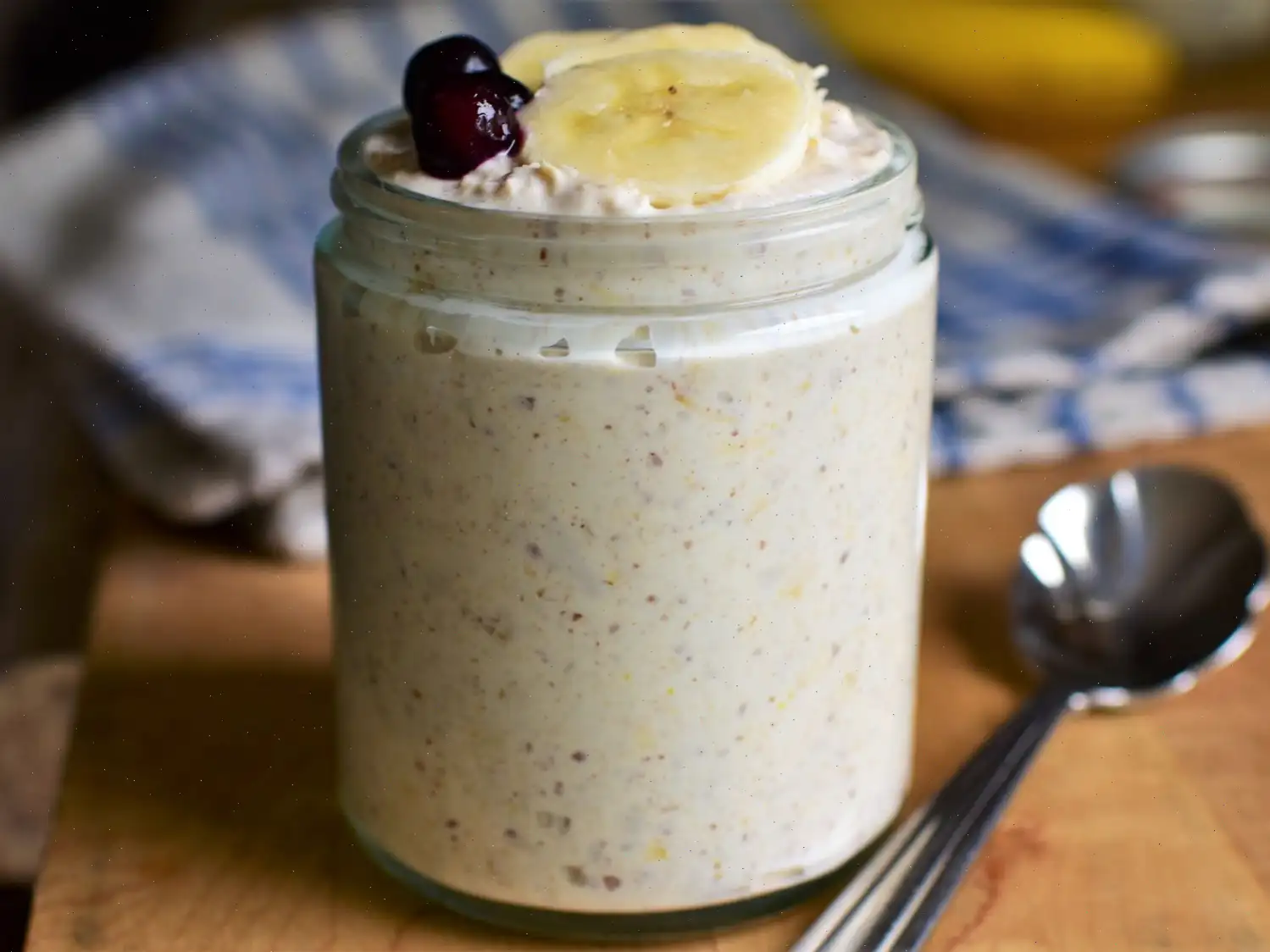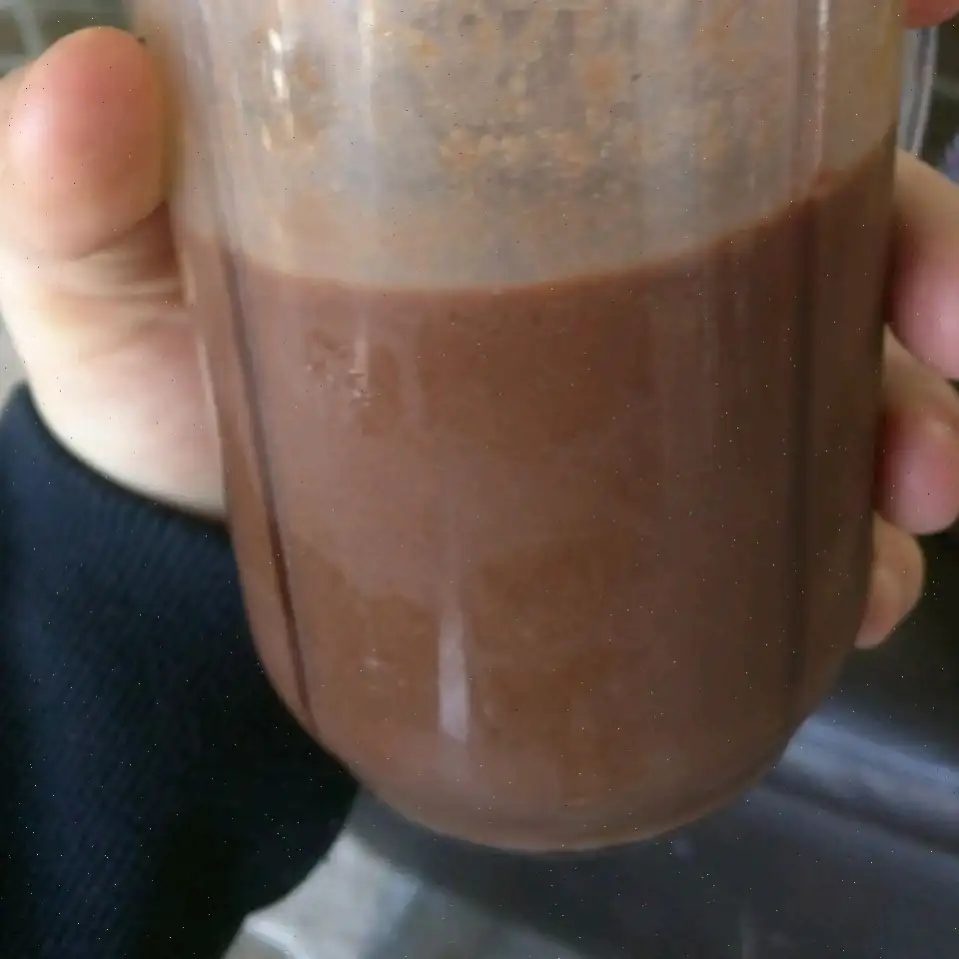
Loaded Breakfast Puff Pastry Recipe
Ingredients
- Cooking spray
- 5 large eggs, divided
- 1 (17.3 ounce) package puff pastry, thawed
- 4 hashbrowns, cooked
- 4 slices bacon, cooked and halved
- 4 slices American cheese
Directions
- Preheat your oven to 425F (220C). Line a rimmed baking sheet with parchment paper.
- Spray a large skillet with cooking spray and heat over medium-high heat. Whisk 4 eggs together in a bowl and pour into the skillet. Cook and stir until the eggs are set, about 5 minutes.
- Lightly dust a work surface with flour and roll out one sheet of puff pastry until smooth using a rolling pin. Cut the puff pastry in half with a knife and place the halves on the prepared baking sheet.
- In a small bowl, mix the remaining egg with 1 tablespoon of water to create an egg wash.
- On one side of each pastry half, add 1 cooked hashbrown, 1/4 of the scrambled eggs, 2 slices of bacon, and 1 slice of cheese.
- Brush the edges of the pastry with the egg wash, then fold the other side of the puff pastry over the filling. Seal the edges using a fork. Brush the top with more egg wash and pierce a few times with a fork or skewer.
- Repeat steps 3-6 with the second sheet of puff pastry.
- Bake in the preheated oven for 15-20 minutes, or until the puff pastry is golden brown and puffed up.
- Serve immediately and enjoy!
Nutrition Facts (per serving)
| Calories | 1022 |
|---|---|
| Total Fat | 70g |
| Saturated Fat | 14g |
| Cholesterol | 259mg |
| Sodium | 1149mg |
| Total Carbohydrates | 73g |
| Dietary Fiber | 3g |
| Total Sugars | 3g |
| Protein | 25g |
| Vitamin C | 3mg |
| Calcium | 330mg |
| Iron | 5mg |
| Potassium | 463mg |
* Percent Daily Values are based on a 2,000 calorie diet. Your daily values may vary depending on your calorie needs.
The History and Origins of Loaded Breakfast Puff Pastry
Loaded breakfast puff pastry is a modern American creation, born from the desire to combine the convenience of grab-and-go meals with classic breakfast flavors. Puff pastry itself dates back to 17th-century France, where it was developed as a light, flaky dough ideal for both savory and sweet fillings. The combination of eggs, cheese, and breakfast meats inside a crisp, golden pastry likely emerged in the United States in the late 20th century, as cafes and bakeries began experimenting with portable, hearty morning meals. Its popularity grew as busy lifestyles demanded quick yet indulgent breakfast options that retained a gourmet appeal.
Regional Variations and Characteristics
While this dish is commonly served across the United States, regional twists have emerged. In the Midwest, breakfast puff pastries often include sausage or shredded hashbrowns, emphasizing a heartier style. In the South, variants may incorporate country ham, cheddar cheese, or even spicy peppers for a bolder flavor. Coastal cities sometimes feature smoked salmon, cream cheese, or fresh herbs, reflecting local ingredients. Despite these differences, the core concept of a flaky pastry filled with eggs, cheese, and breakfast meat remains consistent nationwide.
Differences from Similar Dishes
Loaded breakfast puff pastry is distinct from other breakfast pastries such as croissants, breakfast sandwiches, or quiches. Unlike croissants, which are shaped as crescents and often lightly filled, the puff pastry here is folded and fully encases the filling, giving a uniform texture and sealing in flavors. Compared to breakfast sandwiches, the pastry version offers a flakier, buttery exterior and can be eaten without utensils, making it more portable. Unlike quiches, the dish is individually portioned, with no crust on the bottom required, focusing on convenience without sacrificing richness.
Common Serving Occasions
This pastry is most often served at breakfast or brunch, both in casual diners and upscale cafes. It is popular for office meetings, weekend brunches, and holiday mornings, thanks to its easy-to-handle portions and satisfying combination of flavors. Some bakeries offer mini versions for breakfast buffets or catered events, where guests can enjoy them without additional plating. It pairs well with coffee, fresh juice, or a light salad, bridging the gap between indulgence and practicality.
Interesting Facts
- The use of puff pastry in savory breakfast dishes demonstrates its versatility, as it is traditionally associated with desserts like turnovers and tarts.
- Though often seen as a modern creation, the concept of enclosing eggs and meat in dough dates back to medieval European meat pies.
- Egg wash not only gives the pastry its golden color but also enhances the crisp texture, making the dish visually appealing as well as flavorful.
- Some recipes now include creative fillings such as spinach, mushrooms, or avocado, reflecting contemporary trends in health-conscious and gourmet breakfasts.
- Its portability makes it ideal for busy mornings, echoing the rise of handheld breakfast foods in urban food culture.








